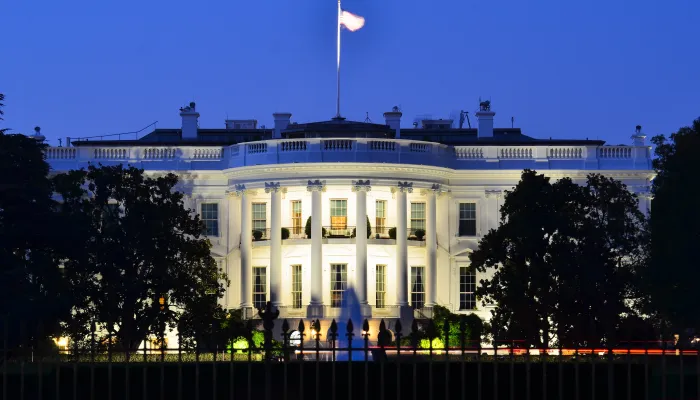Weinstein Proposes Cut-to-Invest Commission to Finance Infrastructure
A new report by CRFB and Moment of Truth Project consultant Paul Weinstein provides some guidance on how we could handle both our infrastructure deficit without affecting our federal deficit. How does he propose to do this? Weinstein recommends using a commission to identify wasteful spending to help pay for infrastructure investment along with deficit reduction.
The problem is two fold: the country needs more infrastructure spending, and our deficit needs to be reduced. With regard to the first problem, Weinstein cites a report from the American Society of Civil Engineers (ASCE) estimating that the nation faces a $2.2 trillion dollar infrastructure backlog, making the case for more investment and infrastructure spending. At the same time, as CRFB has been saying for years, we are also facing an unsustainable fiscal path and rising government debt.
Both issues will need to be addressed soon, but part of the solution to both problems could come from eliminating duplicative or ineffective programs. According to the GAO, $400 billion of federal spending is in overlapping, duplicative, or fragmented programs (although that doesn't mean eliminating that overlap, duplication etc. would save $400 billion). To deal with this, Weinstein proposes setting up a Cut-to-Invest Commission (CIC) to identify savings in wasteful spending to use for intra structure spending and deficit reduction. From the report:
The focus of the CIC would be to look for outdated, duplicative, under-performing, low-priority, unnecessary, or counter-productive programs and consider changes to improve each agency’s operations. This expansive approach will allow for the greatest impact, given that any limitations on the scope of the CIC’s authority to reform will produce limited results.
In addition, to identifying $200 billion in potential cuts and efficiency improvements, the CIC would also have the power to recommend $100 billion in alternative investments designed to foster the nation’s long-term prosperity. These targeted investments—in advanced industries R&D, clean energy, infrastructure, education, skills-building, and other key economic drivers—would be included in the package of recommendations that the CIC submits to the president and Congress. The remaining $100 billion would be used for deficit reduction.
This is not the first time this idea has been discussed; in fact, it was one of the proposals in the Simpson-Bowles plan. It has been over 50 years since the Hoover Commission, the last time we seriously looked at our government to eliminate waste, fraud, and abuse. Reducing waste might not be enough to fix our infrastructure or federal deficit problems, but adopting Weinstein's recommendations should be an easy place to start.
Click here to read the full report.


